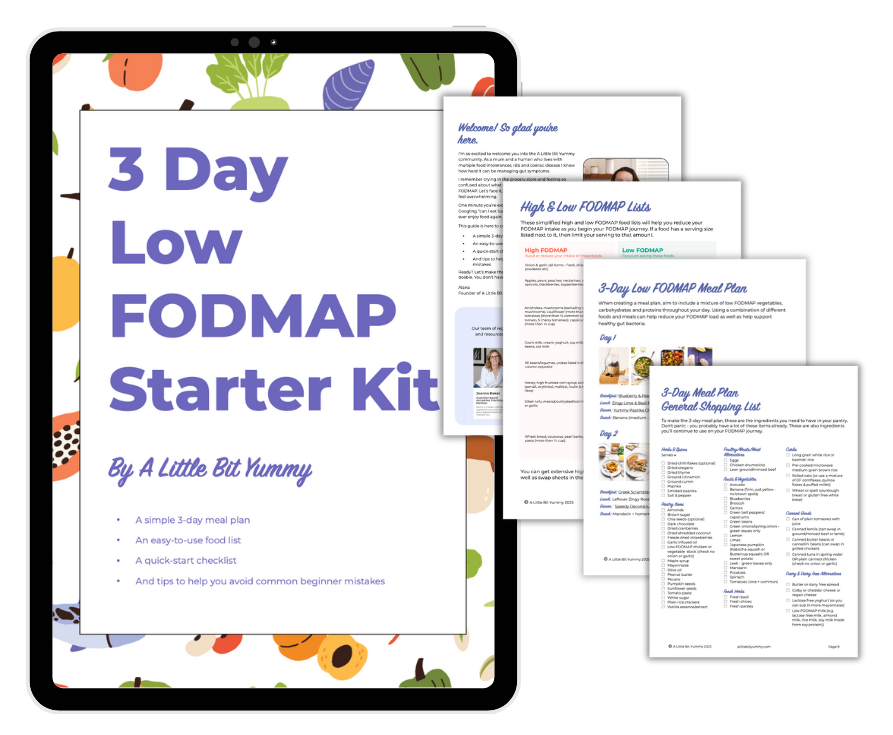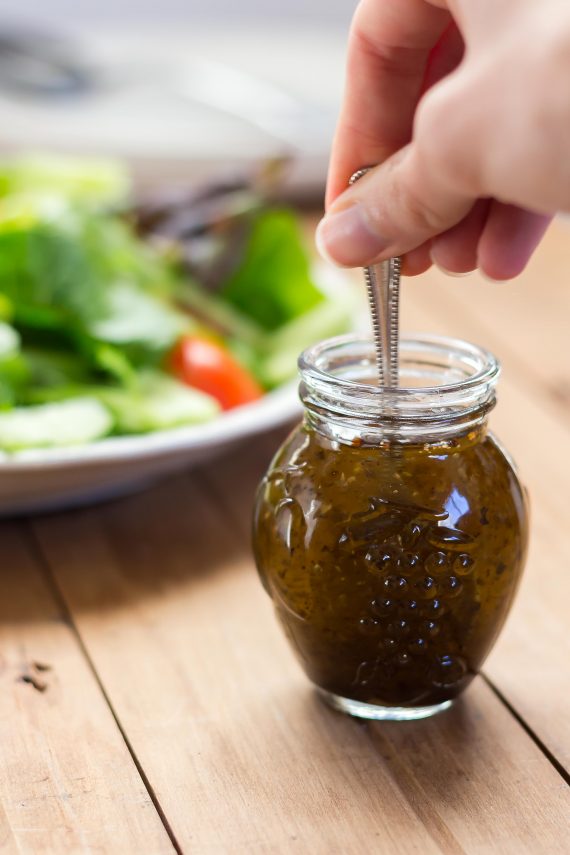There’s a lot to learn when it comes to low FODMAP label reading and it’s easy to miss high FODMAP ingredients. Over the years we’ve reviewed thousands of products and have created a list of our top 9 common high FODMAP ingredients found in food products.
If you are struggling then we suggest looking out for these common high FODMAP ingredients and focus on swapping out products that contain these ingredients first.
This article will cover:
- 9 common high FODMAP ingredients
- What if the product has been certified?
- Do I need to worry about high FODMAP ingredients in products?
- How do I know when I can bring high FODMAP ingredients back?
9 Common High FODMAP Ingredients
These ingredients are known to contain FODMAPs and can cause digestive issues even in small amounts. They can appear in everything from rice crackers, salad dressings, plant based milks, lactose free yoghurt, gluten free breads, commercial sauces, protein powders, supplements and more. That means it’s a good idea to check all products you eat or drink on a regular basis.
- Inulin also known as chicory root or chicory fibre
- Apple juice, pear juice or concentrated fruit juice
- Garlic or onion
- Fructose
- Lactose
- Xylitol
- The other polyols – sorbitol, mannitol, erythritol, isomalt, and maltitol
- FOS or fructooliogsaccharides
- Date paste and fruit purees
If you’d like a more in-depth guide on low FODMAP label reading then check out this article.
What if the product has been certified?
If the product has been certified by Monash University or FODMAP Friendly as being low in FODMAPs then you don’t need to worry about the ingredients list. The overall product has been laboratory tested and checked to make sure it is low in FODMAPs.
Just make sure you follow the serving size recommendations on the back of the packet.
Article continues below.
Do I need to worry about high FODMAP ingredients in products?
Some people find that removing high FODMAP fruit, vegetables, and grains from their diet is enough to reduce their gut symptoms. However, if you are struggling to calm your gut then it’s recommended that you avoid products that contain high FODMAP ingredients for 2 – 4 weeks to see if this helps you reduce your symptoms.
How do I know when I can bring high FODMAP ingredients back into my diet?
Once you’ve been on the low FODMAP diet for a few weeks you’ll know how your body has responded and you can move onto the FODMAP reintroduction phase. During this phase you’ll test your tolerance to each of the high FODMAP groups and this will help you figure out what ingredients you can bring back into your diet.
Final Thoughts
Common high FODMAP ingredients can sometimes be the reason why symptoms don’t improve when on the low FODMAP diet. Take a few minutes to review your foods and drinks for high FODMAP ingredients and swap them for low FODMAP options. If you need more support then check out our FODMAP Made Easy program – once you are a member we can help check products for you.
Graphic credit: Undraw.co












This is a great site! I look forward to checking out more things!
Thanks for the lovely feedback Rebecca!